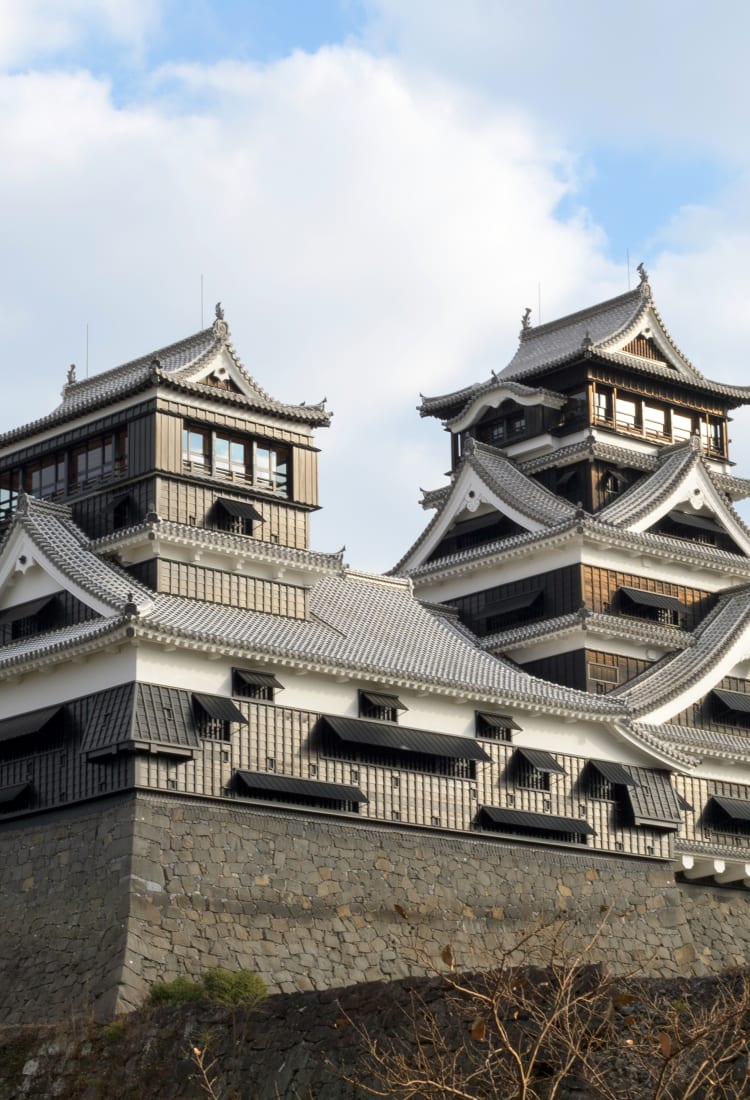
2022.02 Reconstruction Tourism in Kumamoto, Oita and Beyond Discover how Kyushu is recovering from disasters to build a brighter, better future
Kyushu of the past and present: A hub for culture, trade and industry
If you believe the myths recorded in the Kojiki, Japan’s oldest surviving chronicle, Kyushu is a land where gods once roamed. There’s still something untamed about the island, with its dramatic landscapes and many active volcanoes. The atmosphere is different, too—a result, perhaps, of the fact that Kyushu is geographically closer to mainland Asia than other parts of Japan.
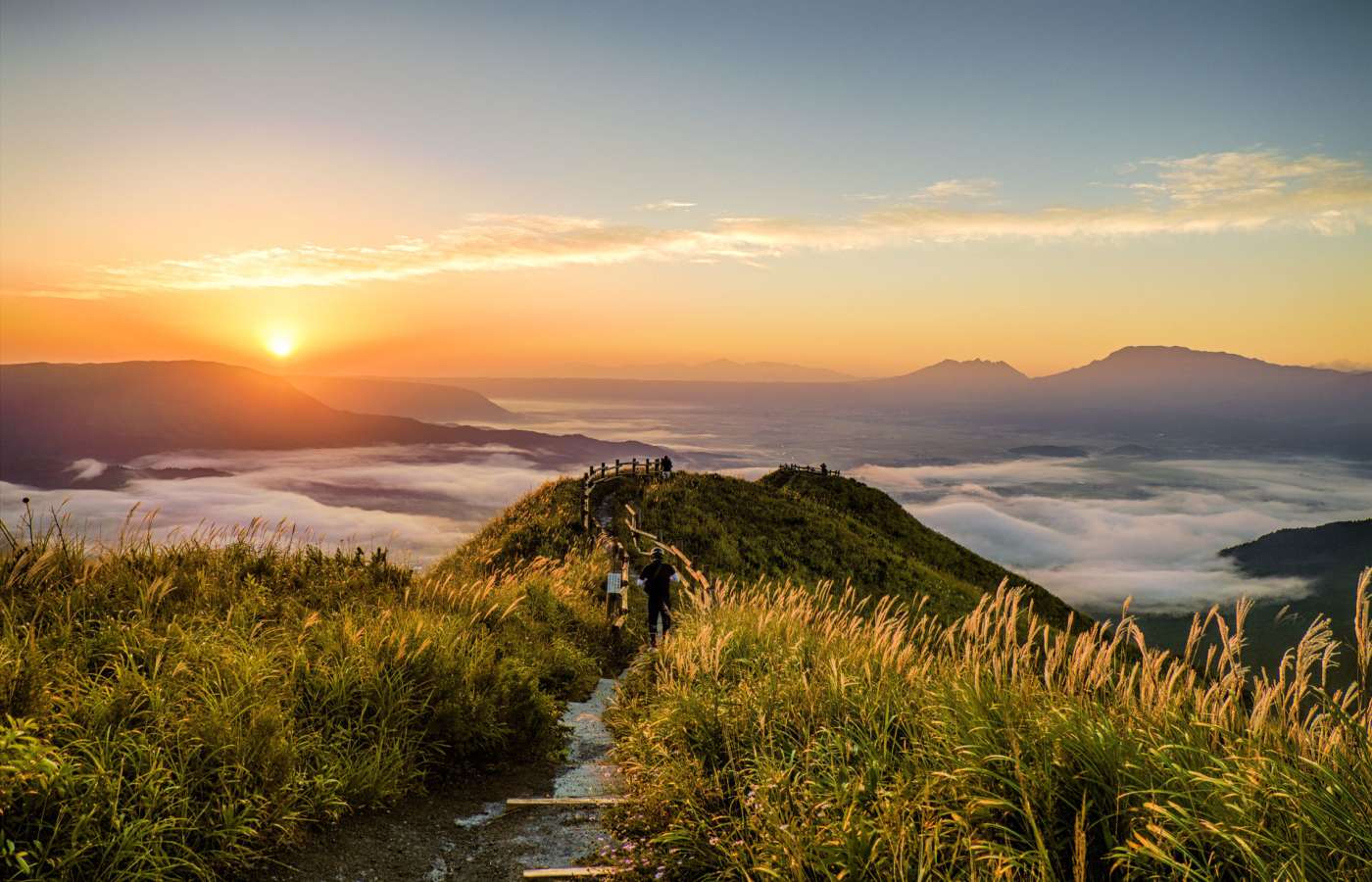
Sea of clouds from Aso Milk Road Nishiyunoura-enchi Observatory
Photo credit: © Kohji_Asakawa Licensed under CC BY 4.0
When Japan closed itself off to the outside world for two centuries during the Edo period, Kyushu remained its window to the outside world, thanks to the Dutch and Chinese traders arriving at Nagasaki. Today, Japan’s third-largest island is a thriving center for industry and agriculture, where the beauty and fearsome power of nature are never far away.
A rose grown from tragedy: Japan’s legacy of bouncing back
Japan’s location on the Ring of Fire in the Pacific Ocean means that natural disasters are a regular occurrence. Over the centuries, the country has been buffeted by earthquakes, tsunami and volcanic eruptions. Floods and typhoons are also common, while there are few temples and castles that haven’t suffered the ravages of fire or war.
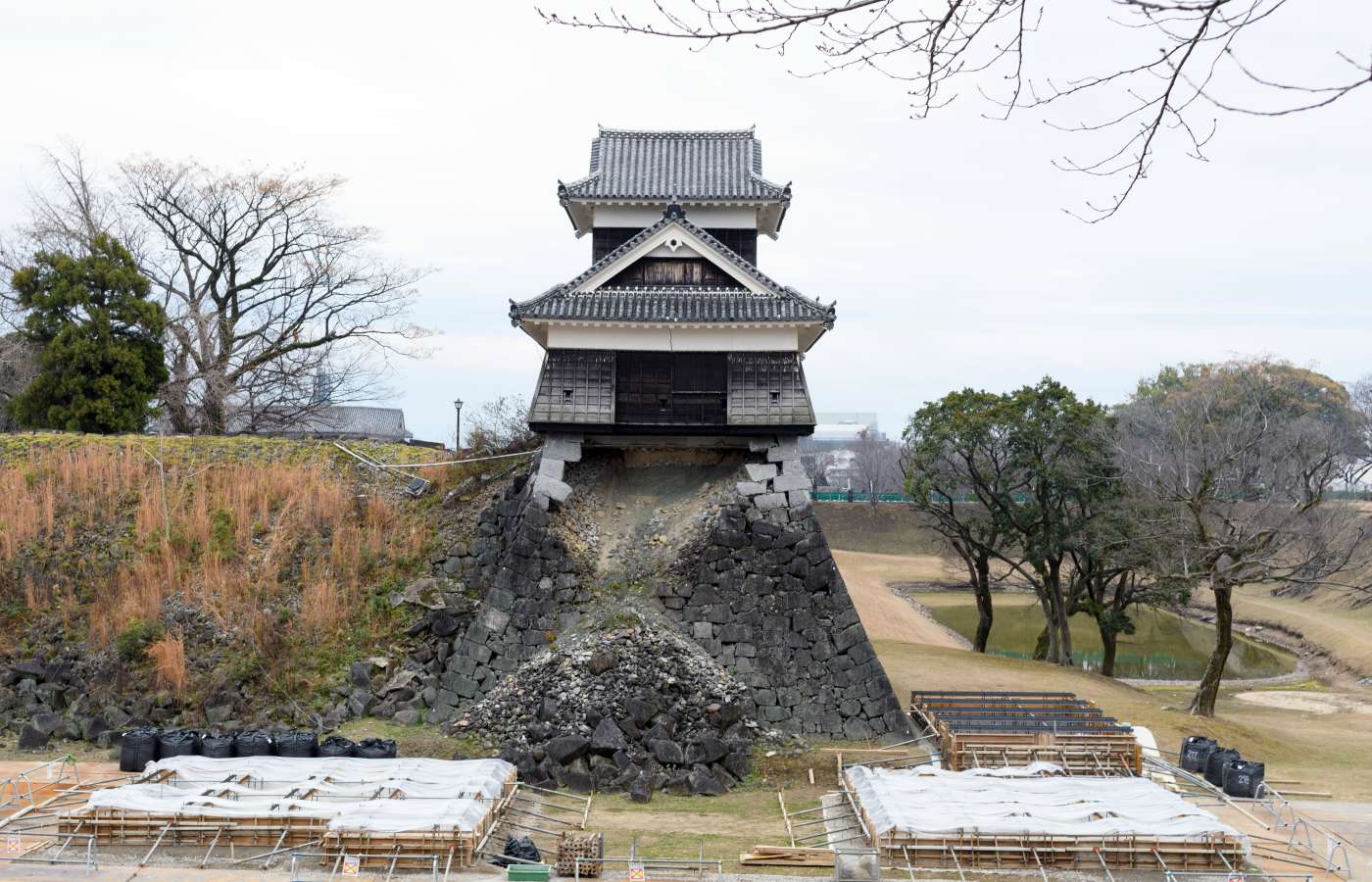
A 2016 earthquake caused extensive damage in Kumamoto, including to the city’s famous castle. This turret was left balancing on corner stones after the wall underneath it collapsed.
This has bred a culture where little is taken for granted. There’s a long tradition of constructing buildings to allow for the effects of earthquakes, and preparing for the worst. Today, Japan is at the forefront in disaster prevention, meaning that even major catastrophes often cause minimal loss of life.
Despite these efforts, natural disasters continue to take a human toll, and still frequently leave devastation in their wake. Japan’s people have responded with resilience, and learned to build back better—the recovery from the 2011 Great East Japan Earthquake being a good example.
Technological advances are also making it easier to protect the country’s rich cultural heritage, ensuring that future generations will still be able to enjoy it…come what may.
Kumamoto reconstruction tourism in the wake of the 2016 earthquake
In April 2016, a pair of powerful earthquakes hit Kumamoto City and the surrounding region, causing widespread damage. The city’s famous castle wasn’t spared: many of its stone walls collapsed, and two of the turrets were severely damaged.
Even before the disaster, Kumamoto Castle was a mixture of original buildings and modern reconstructions, some finished as recently as the early 2000s. It will take decades to restore the entire complex to its former glory, but they’ve already made impressive progress. The main tower, known as the Tenshukaku, was reopened to visitors in 2021, letting them look out over the city from the viewing area on the top floor.

The main keep of Kumamoto Castle before the 2016 earthquake (left) and following its restoration (right).
While using traditional techniques and original materials as much as possible, the restoration work is also incorporating state-of-the-art technology to protect against quakes and typhoons. It also uses advanced image processing to determine where each of the fallen stones from the castle walls should go.
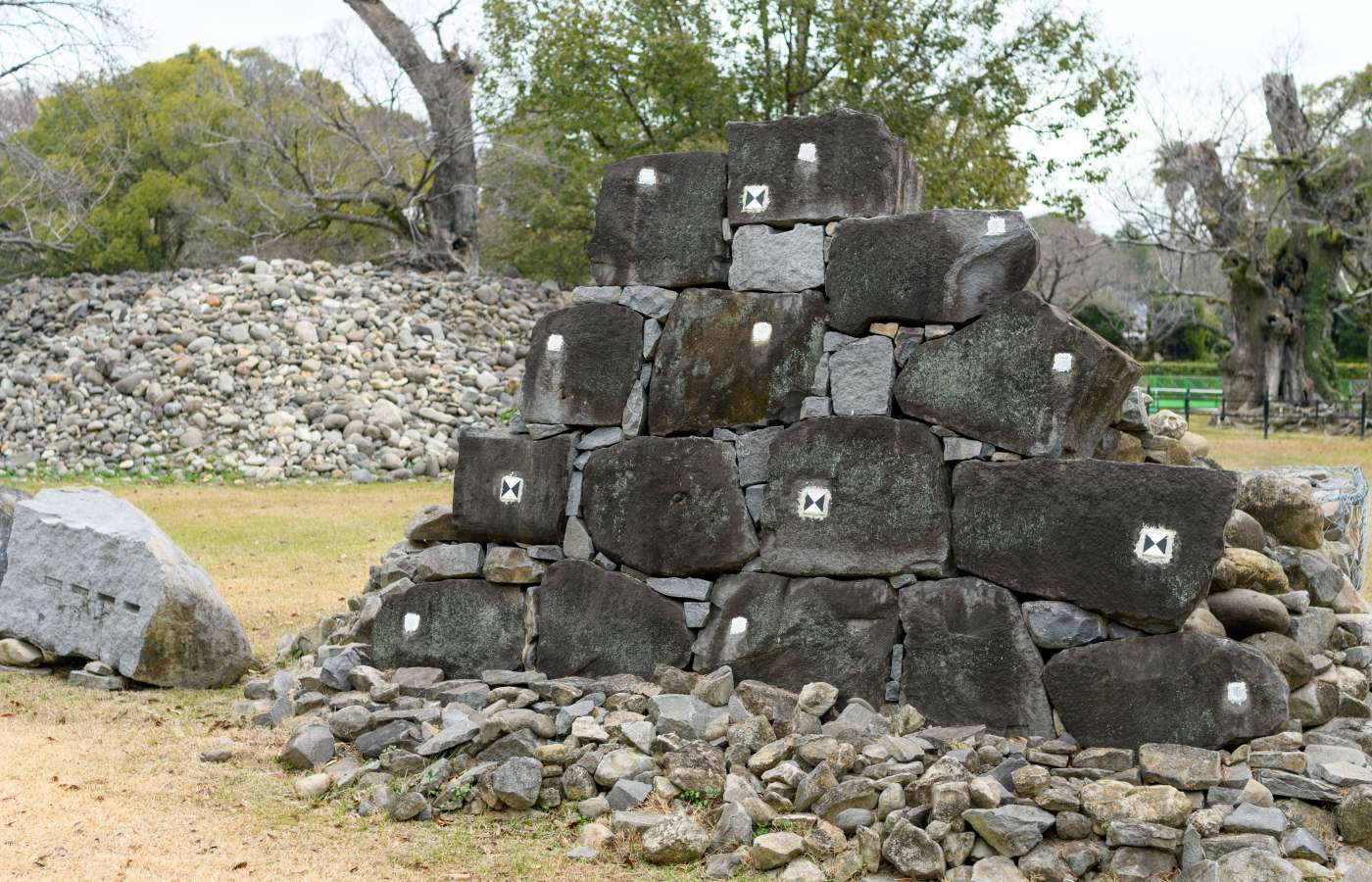
There are between 70,000 and 100,000 stones that need to be put back in place at Kumamoto Castle. Each is marked to indicate where it was collected, and where it goes.
Another symbol of Kumamoto’s recovery is Aso-jinja Shrine, one of Japan’s oldest. Nearly all the buildings were damaged in the 2016 quake, and some completely collapsed. They included the imposing 18-meter Romon Gate, a designated national important cultural property, which is currently being repaired, mostly with original timber.
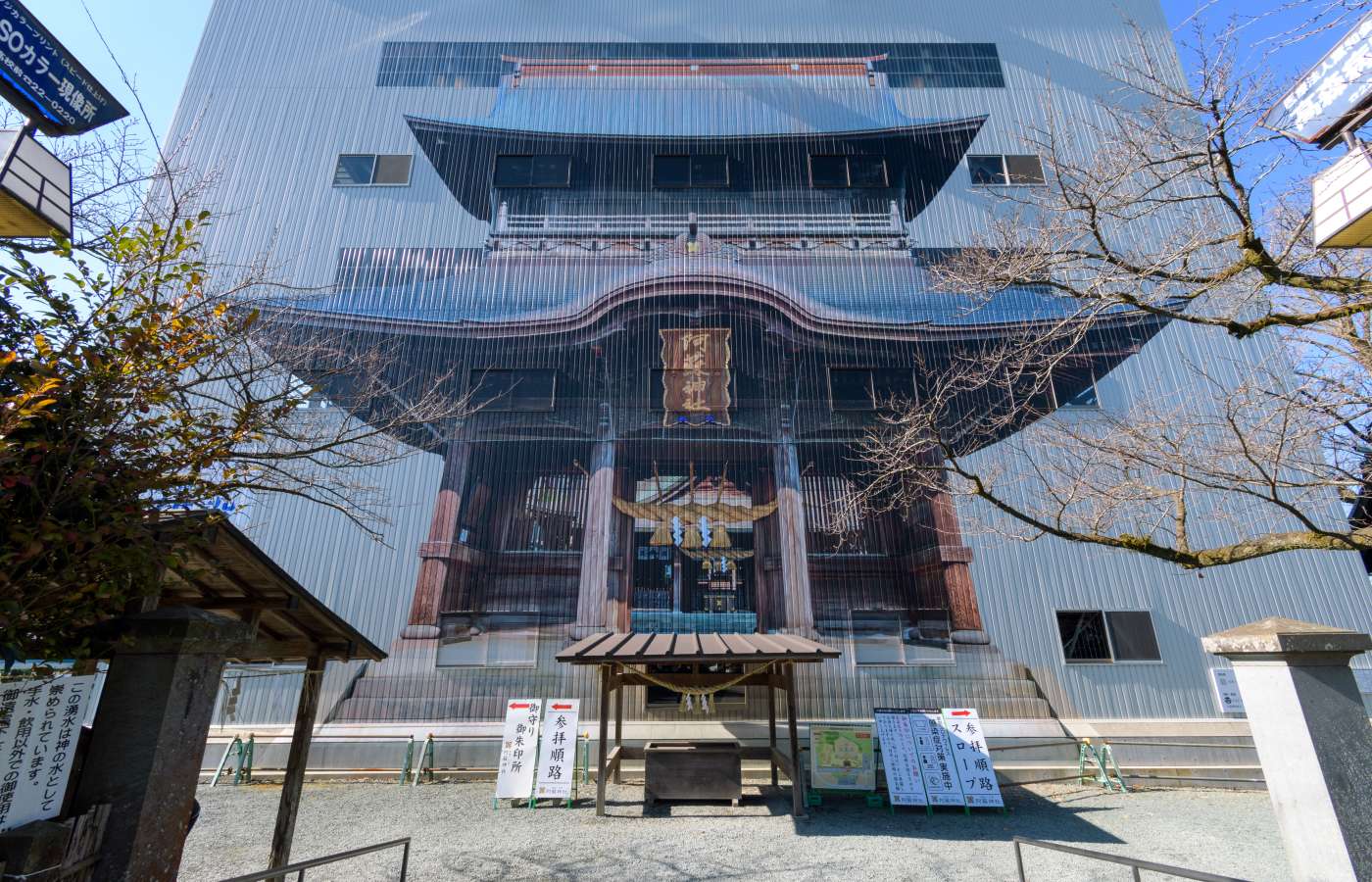
An illustrated facade shows how Aso-jinja Shrine’s Romon Gate will be restored to pre-disaster condition when reconstruction work finishes.
The shrine’s hall of worship, a more modern structure, was completely rebuilt. But it retains a strong local flavor: 80% of the wood was sourced from within Kumamoto Prefecture, and 50% from Aso itself.

The hall of worship at Aso-jinja Shrine before the 2016 earthquake (left) and following its reconstruction (right; image courtesy of Aso-jinja Shrine).
Inventive craft beer to promote Kumamoto agricultural industry
While the quake prompted a wave of reconstruction work, it also inspired new business ventures. One was Diamond Brewing, an innovative craft beer company founded by Kumamoto native Yusaku Kashima just months after the disaster. The company specializes in Belgian-style brews with a Kumamoto twist: many of its recipes use locally grown produce, from fruit to vegetables and even nori seaweed.

Brewery Kaen serves up a variety of craft beers incorporating ingredients from Kumamoto.
Kashima’s first beer was commissioned by Shizen Energy, a renewable energy company that uses a portion of its profits to support local agriculture. The firm asked him to make a brew with produce from Kumamoto’s Koshi City, and after experimenting with various fruits, he picked another specialty: licorice.

Some of the beer served at Brewery Kaen is brewed on-site, in three 250-liter tanks.
Nowadays, Diamond Brewing works with researchers at local universities to come up with interesting recipes—such as their tangy Yamayodare pale ale, made with Amanatsu citrus fruit—and they’ve been picking up international awards for their efforts.
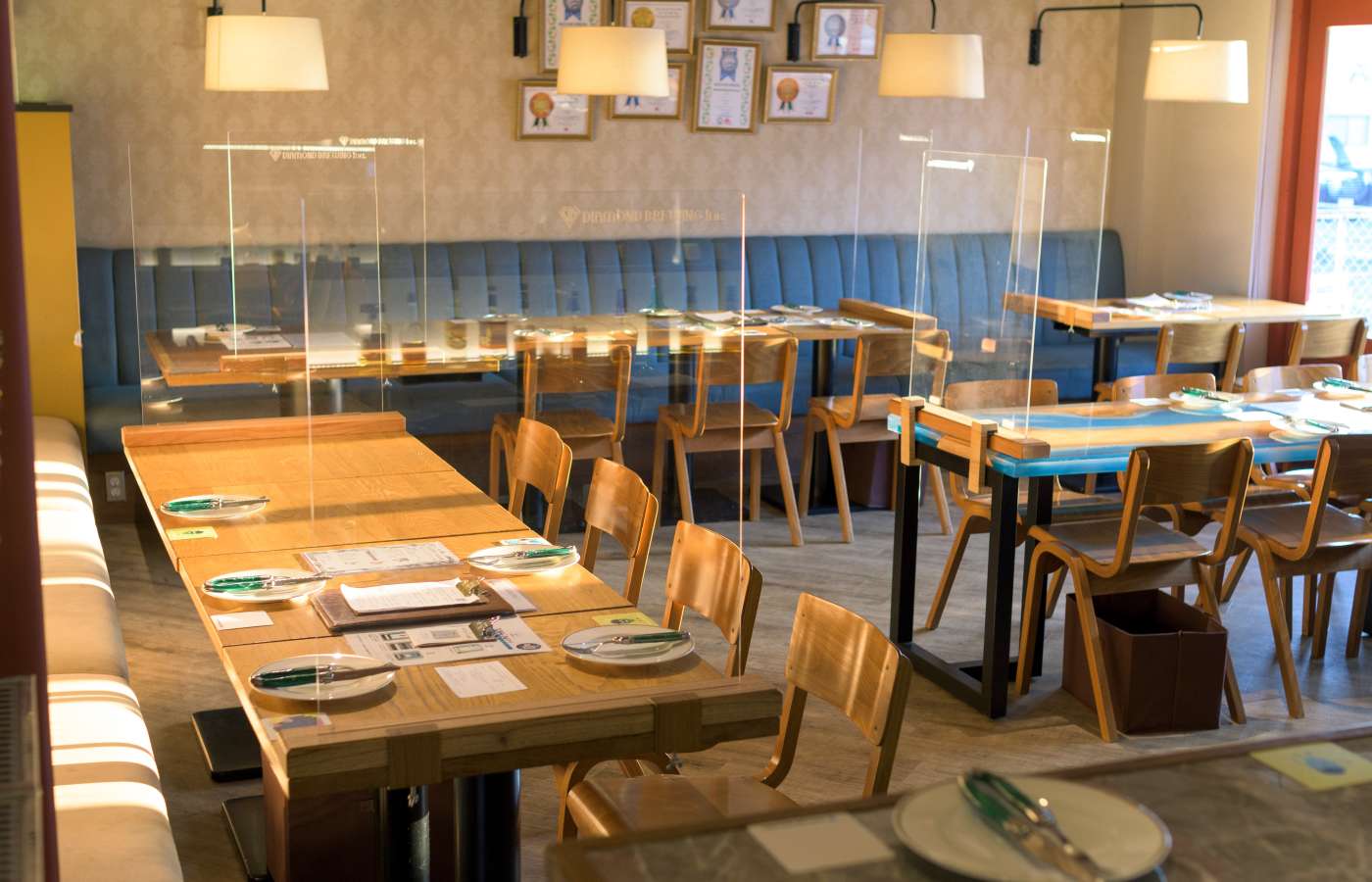
Brewery Kaen is one of three restaurants in Kumamoto operated by Diamond Brewing.
After starting life at the Brewery Kaen brewpub, on the outskirts of Kumamoto City, Diamond Brewing has opened two more restaurants and is set to unveil a larger factory in 2023. Kashima hopes to create opportunities for young people who might otherwise leave the prefecture, and set an example for budding entrepreneurs. In his own words: “I’m good at taking up challenges.”
Reconstruction across Kyushu: Oita and other prefectures
Although much of the attention was focused on Kumamoto, the 2016 earthquake also inflicted extensive damage in neighboring Oita Prefecture. Japan’s onsen capital, the prefecture is also hit by torrential rains, floods and landslides on a regular basis. One example is Amagase, a charming hot-spring resort that suffered heavy flooding in 2020, but is gradually recovering.
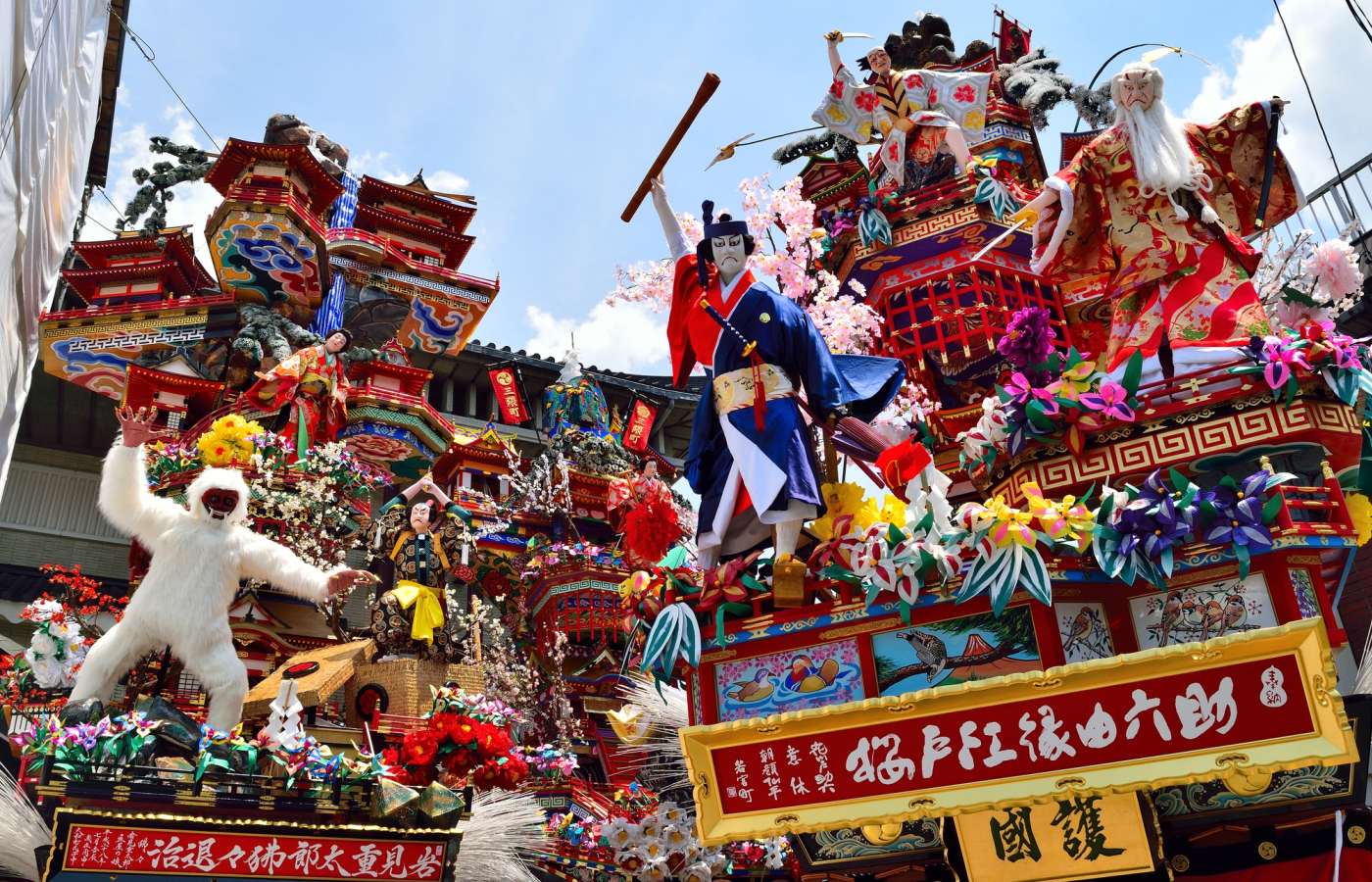
Vibrantly decorated floats on display at the Hita Gion Festival, which has been warding off disaster for the past three centuries.
Residents can take solace in the fact that their ancestors faced similar adversity. For over 300 years, Gion Shrine in Hita has held an annual festival to pray for safety from plagues and disasters. During the Hita Gion Festival each July, decorated floats are paraded through the streets, to the accompaniment of hayashi music played on flutes, shamisen and taiko drums. It’s a lively reminder that, although life brings many hardships, they will also eventually pass.
Business hours
Due to measures to prevent the spread of COVID-19, business hours may be subject to change; please check with the venues before visiting.
Information
Kumamoto Castle |
Aso-jinja Shrine (Japanese only) |
Diamond Brewing (Japanese only) |




















































